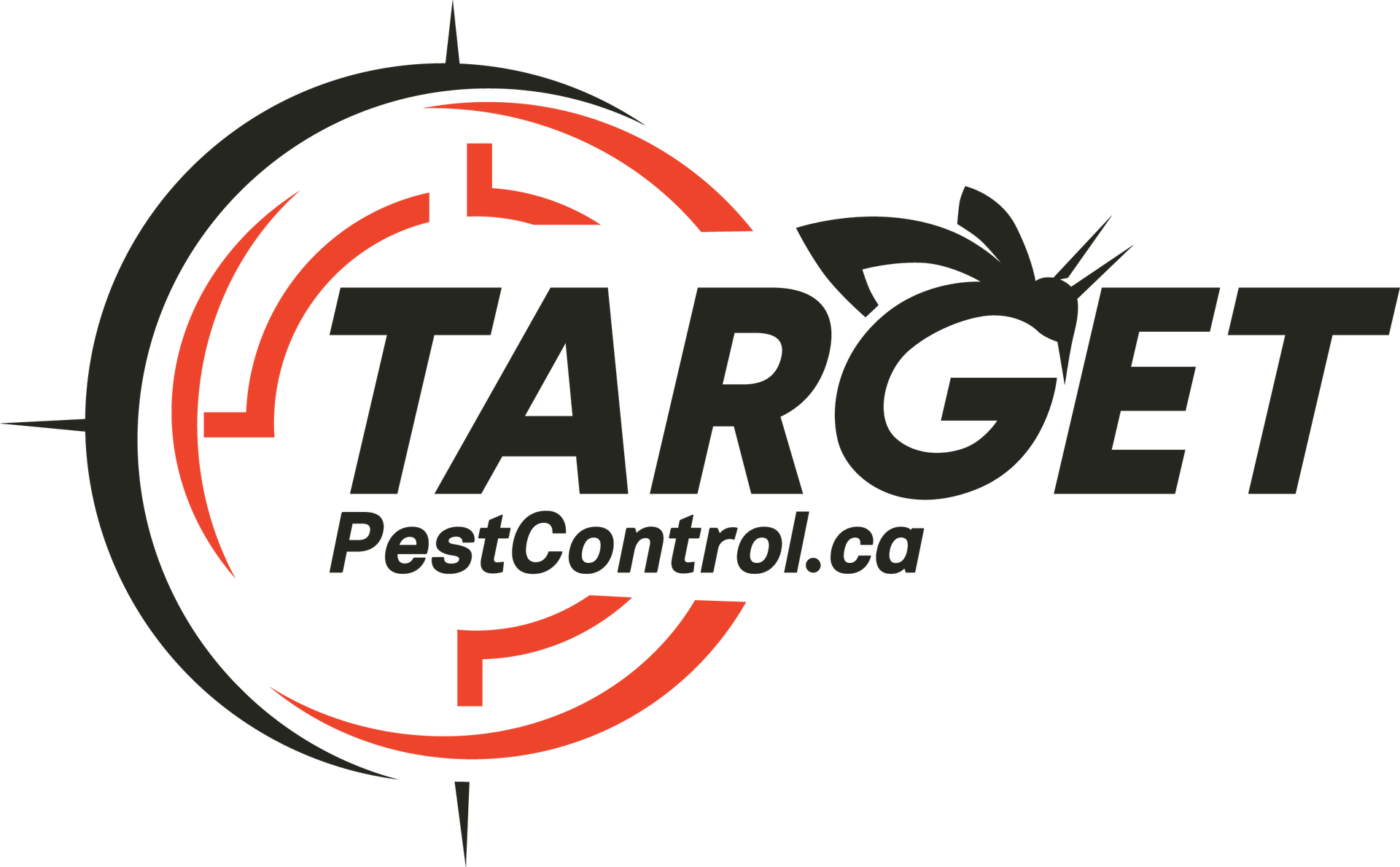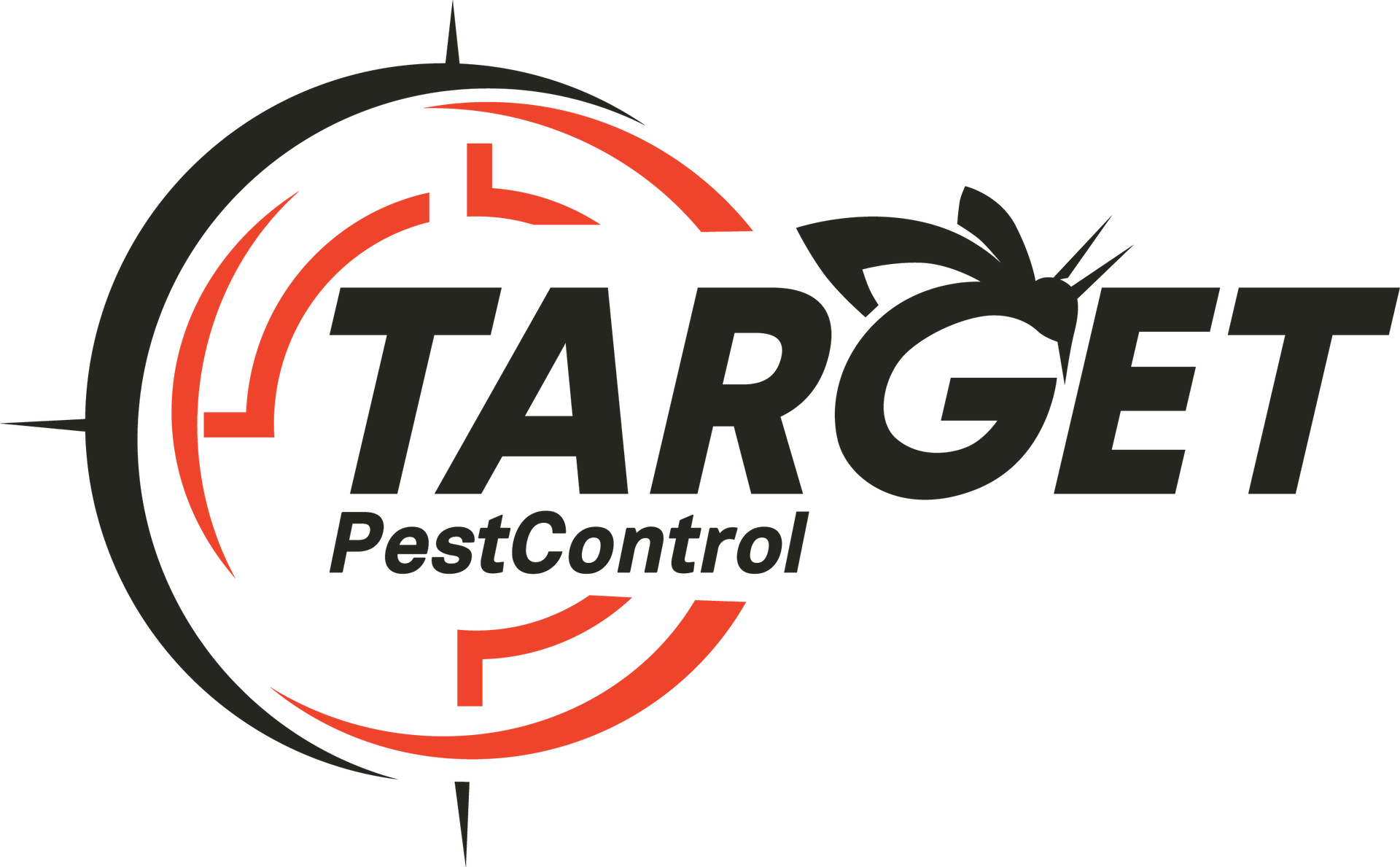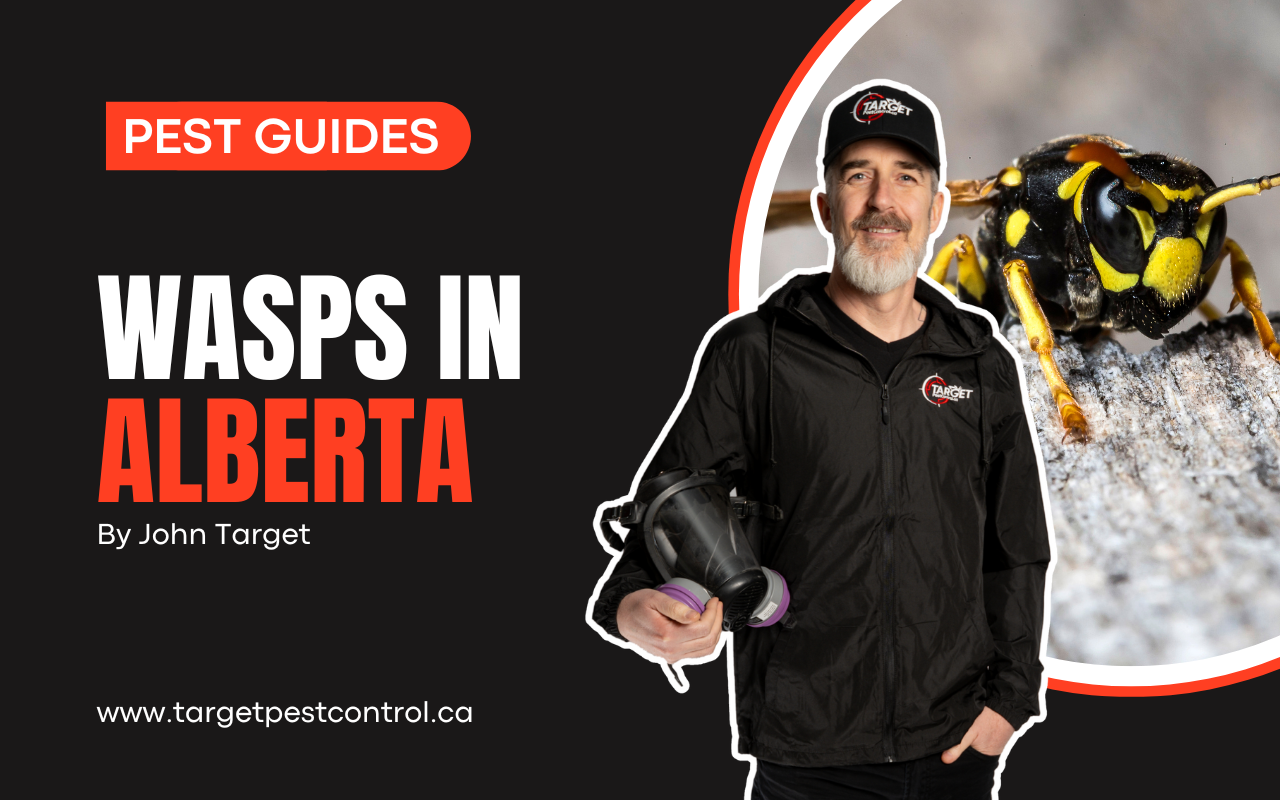The Ultimate Guide To Voles
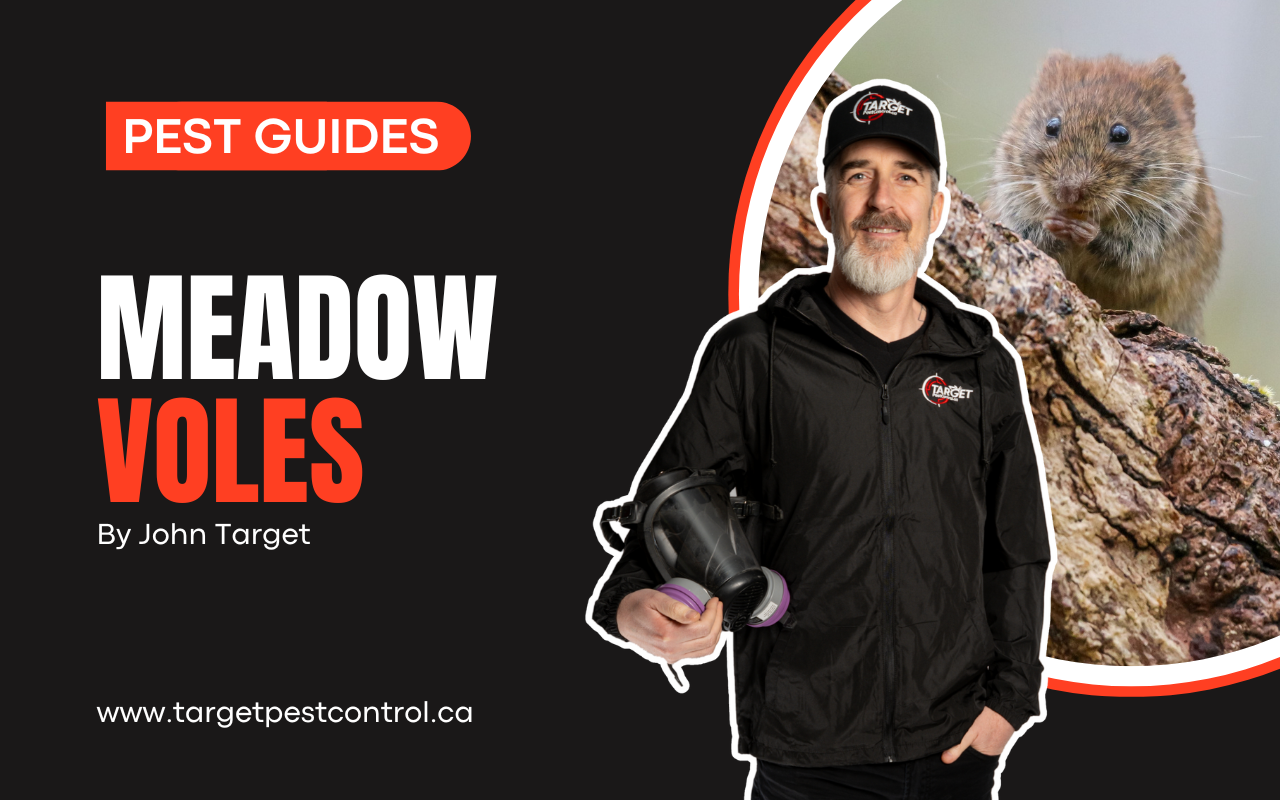
Vole Identification, Damage, and Control
Struggling with a vole problem? These tiny rodents can wreak havoc on your lawn, garden, and trees. This guide will help you recognize the signs of an infestation, understand vole behavior, and explore the best ways to eliminate them—whether through DIY methods or by hiring a local Exterminator for professional rodent control.
Key Takeaways
- Early detection of vole infestations is crucial, with signs including snakelike tunnels and damage to plants.
- Effective vole control combines trapping, habitat modification, and the use of natural predators or pesticides.
- Ongoing garden maintenance and seasonal precautions are essential in preventing future vole infestations.
Identifying Vole Infestations
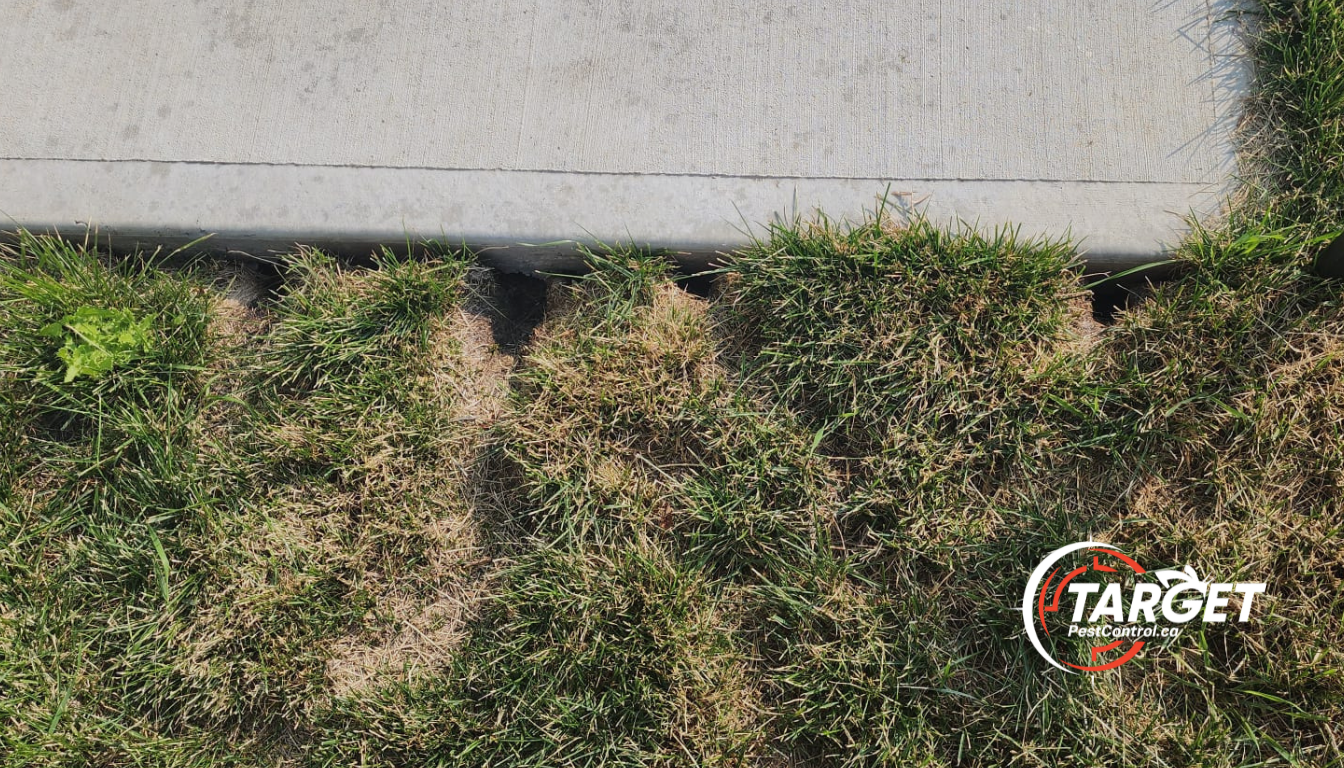
Detecting a vole infestation early helps mitigate the damage caused by these destructive rodents. One of the most visible signs of vole activity is the appearance of snakelike tunnels in your lawn. These surface runways and burrows, often accompanied by damage to garden plants, are key indicators that meadow voles have made themselves at home in your garden.
Voles can wreak havoc on your garden, destroying plants and vegetation. They leave Swiss-cheese-like holes in lawns as they voraciously eat grass. Additionally, during the winter, voles travel through tunnels beneath the snow, leaving round holes on the surface when the snow melts, often associated with vole burrows.
Identifying these signs allows for prompt action to control vole populations and safeguard your garden.
Common Signs of Vole Activity
Vole activity can be recognized by several distinct signs. Surface runways, gnaw marks on tree bark, and dead grass patches are common indicators of a vole infestation. These runways are often visible as narrow, well-worn paths through the lawn or garden. Voles also cause damage to landscaping shrubs, trees, hostas, spring bulbs, and even vegetables like potatoes.
Voles prefer vegetation found in landscaping and gardens, such as weeds like clover and chickweed. Besides grass, their diet includes roots, bulbs, tubers, bark, insects, dead animals, vegetables, fruits, seeds, and nuts. The meadow vole is one of the species that thrive in these environments.
Noticing these signs can help you identify vole activity and implement control measures before significant damage occurs.
Differentiating Between Voles and Other Pests
Voles are small, stocky rodents with small rounded ears, small eyes, short tails, and thick light brown to gray fur. They can be easily distinguished from moles, which have elongated snouts and paddle-like feet adapted for digging. While voles resemble meadow mice, they are stockier and have shorter tails, smaller eyes, and smaller ears.
Accurately identifying the pest damaging your garden is key to implementing effective control measures. While moles and field mice might also be present, recognizing the unique characteristics of voles will help you target the right pest control strategies and get rid of voles effectively.
Understanding Vole Behavior

To effectively control vole populations, it’s essential to understand their behavior.
Voles resemble mice but have a stocky build. Their rounded ears and dense fur can be brown, grey, or black. They typically measure about 7 inches in length, including their tails. These small rodents reproduce frequently, with several litters each year, each yielding up to ten young.
Voles are primarily active during the day, with their damage most severe in the spring. Their populations can lead to significant harm to gardens and young trees. Understanding their behavior helps anticipate and counteract the damage they cause.
What are Voles?
Voles, also known as meadow mice or field mice, are small rodents that can cause significant damage to lawns, gardens, and landscaping. These herbivores primarily feed on grasses, seeds, and various plant materials, making them a common garden pest. Voles are notorious for their rapid reproduction rates, with a single female capable of producing multiple litters per year. This prolific breeding can lead to large vole populations, resulting in extensive vole damage to properties.
Understanding what voles are and their habits is crucial in controlling vole populations and preventing vole infestations. These small, stocky rodents have short tails, small eyes, and rounded ears, distinguishing them from other garden pests. By recognizing the signs of vole activity and implementing effective control measures, you can protect your garden from the destructive impact of these meadow mice.
What Voles Eat
Voles are herbivores, primarily feeding on green plants and seeds. Their diet consists of various plant materials including roots, bulbs, tubers, bark, and seeds. They focus on grasses and forbs, often leaving behind droppings, fresh trails with clipped grass, and plants that wilt or die due to their feeding activity.
Voles can also store food such as seeds and bulbs for later use, ensuring a steady food supply during lean times. Knowing their dietary preferences assists in identifying vole damage and implementing effective control measures.
Where Voles Live
Voles inhabit a variety of environments but favor areas with dense ground cover, such as grasslands, wetlands, and orchards. They thrive in moist soil near ponds, streams, and other wet areas. Voles usually maintain home ranges that are roughly one-quarter acre or less, where they nest in dense vegetation.
Thick vegetation, wood piles, debris, and layers of mulch provide the shelter voles prefer. Knowing their preferred habitats allows you to make these areas less hospitable, controlling vole populations and reducing their impact on your garden.
Effective Methods to Control Vole Populations
Controlling vole populations requires a multi-faceted approach. Common remedies include live traps, bait traps with poisons, and fencing. However, methods like fumigants and flooding may be less effective at controlling voles. Traditional methods such as ground-tamper-resistant no-kill traps and bait stations are also effective. Integrated Pest Management (IPM) techniques employed by professionals can provide long-term solutions.
Engaging a professional pest management company provides fast and comprehensive vole removal services. Ongoing control using an active pest control program such as baiting and trapping, combined with making your garden less appealing to voles, can help maintain a vole-free environment.
Trapping Voles
Trapping voles can be done using various types of traps, including live traps like Havahart traps and kill traps that eliminate voles instantly. Baiting traps with peanut butter is effective, though bait is not always necessary with live traps. Aligning the trap’s trigger with the pathway of the vole and positioning them in the path, parallel to surface runways, increases the chances of successful capture.
The best time to set traps for voles is during autumn or late winter. Setting traps in areas with high vole activity, indicated by wider runways and heavy soil with urine and feces, can lead to a significant reduction in population in about 3-4 weeks.
Using DIY Vole Repellents
Thiram-based repellents are one effective option to control voles. Natural repellents like castor oil and predator urine, as well as chemical formulations like rodenticides, can also deter voles. However, repellents need to be reapplied frequently to maintain their effectiveness.
It’s important to note that voles may become accustomed to the smell of repellents after several applications, reducing their effectiveness over time. Regular reapplication and combining repellents with other control methods can help keep vole populations under control.
Habitat Modification
Modifying the habitat to make it less attractive to voles is an effective long-term control strategy. Removing heavy ground cover or dense vegetation can deter voles from settling in your garden. Dense vegetation attracts voles, so keeping the lawn mowed and eliminating wood piles can significantly reduce their numbers.
Creating barriers with gravel or wood chips around garden beds is also effective. Voles prefer shelter in thatch and brushy, low-growth areas. These modifications create an environment that discourages voles from taking up residence.
Exclusion Methods for Vole Control
Exclusion methods are an effective way to control voles and prevent vole damage. These methods involve using physical barriers to deter voles from entering specific areas or to protect plants and trees from vole damage. Here are some common exclusion methods for vole control:
- Fencing: Installing a fence around gardens or specific areas can help keep voles out. The fence should be at least 2 feet high and extend at least 12 inches below ground to prevent voles from burrowing underneath. This creates a physical barrier that voles cannot easily bypass.
- Tree Guards: Protecting young trees with tree guards can prevent voles from gnawing on the bark. Tree guards should be at least 2 feet high and made of a durable material such as metal or plastic. This helps protect the vulnerable bark of young trees from vole damage.
- Plant Covers: Covering plants with a physical barrier, such as a row cover, can prevent voles from feeding on them. This method is particularly useful for protecting garden plants and young seedlings from vole activity.
- Gravel or Stone: Placing a layer of gravel or stone around plants can deter voles from burrowing and feeding on the plants. Voles prefer to dig in softer soil, so a gravel barrier can make the area less attractive to them.
- Repellent Plants: Planting certain plants, such as daffodils or garlic, around the perimeter of gardens or specific areas can help repel voles. These plants are known to be distasteful to voles, reducing the likelihood of them entering the area.
By using exclusion methods, property owners can effectively control vole populations and prevent vole damage to their properties. It’s essential to combine exclusion methods with other control methods, such as trapping and repellents, for optimal results. This integrated approach ensures a comprehensive strategy for managing vole infestations and protecting your garden.
Protecting Garden Plants from Vole Damage
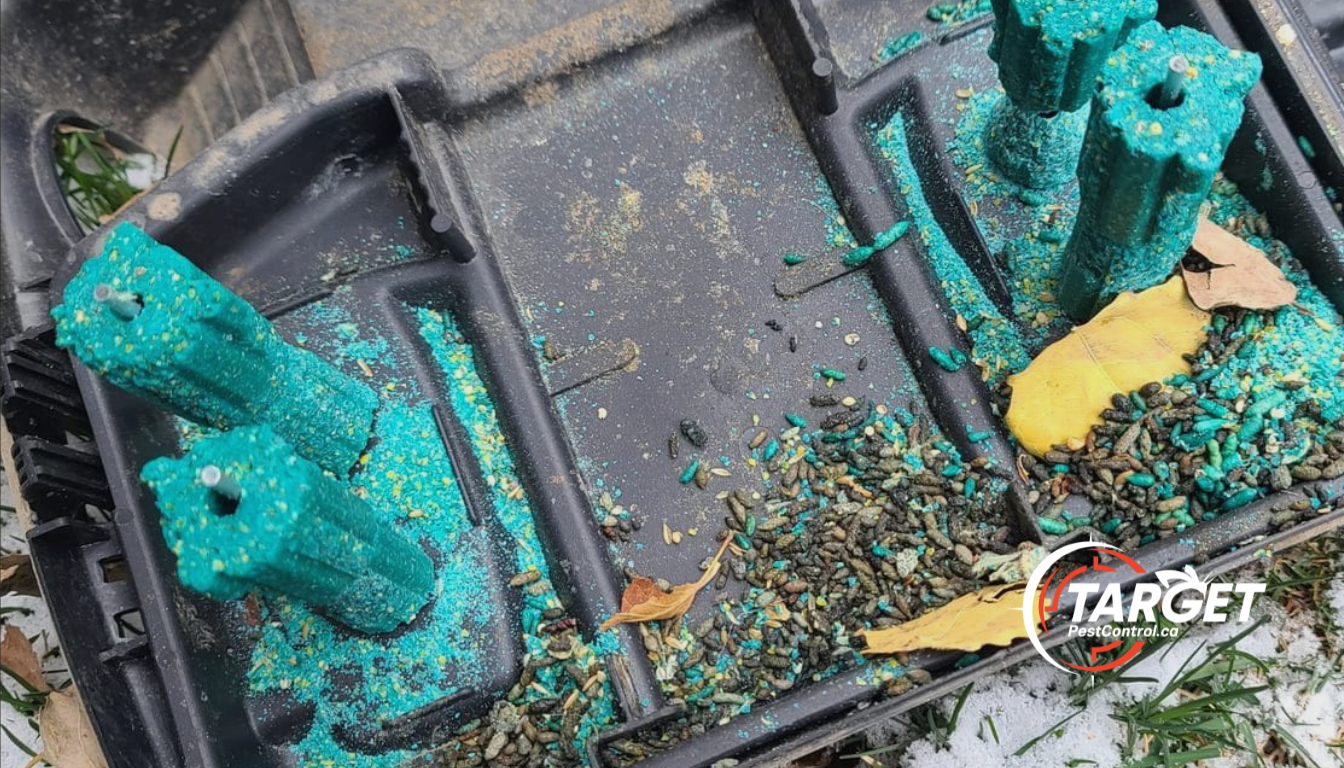
Protecting your garden plants from vole damage requires proactive measures. Voles cause damage by eating roots, bulbs, stems, and leaves, leading to wilting or death of plants. When vole populations surge, the damage can be severe, affecting the overall health of your garden.
To protect young trees, create a 2-foot buffer around a young tree and avoid using dense mulching. Removing fallen fruit and nuts reduces food sources for voles, making your garden less attractive to them.
Keeping your garden clean by removing debris can prevent voles from finding shelter and food sources.
Installing Barriers
Installing physical barriers is an effective way to protect your plants from voles. Tree guards made of metal, wire mesh, or plastic can protect young trees from vole damage. A wire fence with a mesh size of 1/4 inch or less can effectively deter voles.
To protect plant roots, garden fencing should be buried at least 12 inches below ground. Using gravel in garden beds can also deter voles, as they prefer not to dig through small rocks.
Planting Vole-Resistant Species
Planting vole-resistant species is an effective strategy to protect your garden. Including alliums in garden beds can help keep voles at bay. Voles tend to avoid eating plants like crown imperial and hellebores.
Incorporating these vole-resistant plants reduces the likelihood of damage to more vulnerable species in your garden. By selecting plants that voles find distasteful, you can create a garden that is less attractive to these destructive rodents.
Natural Predators and Biological Controls
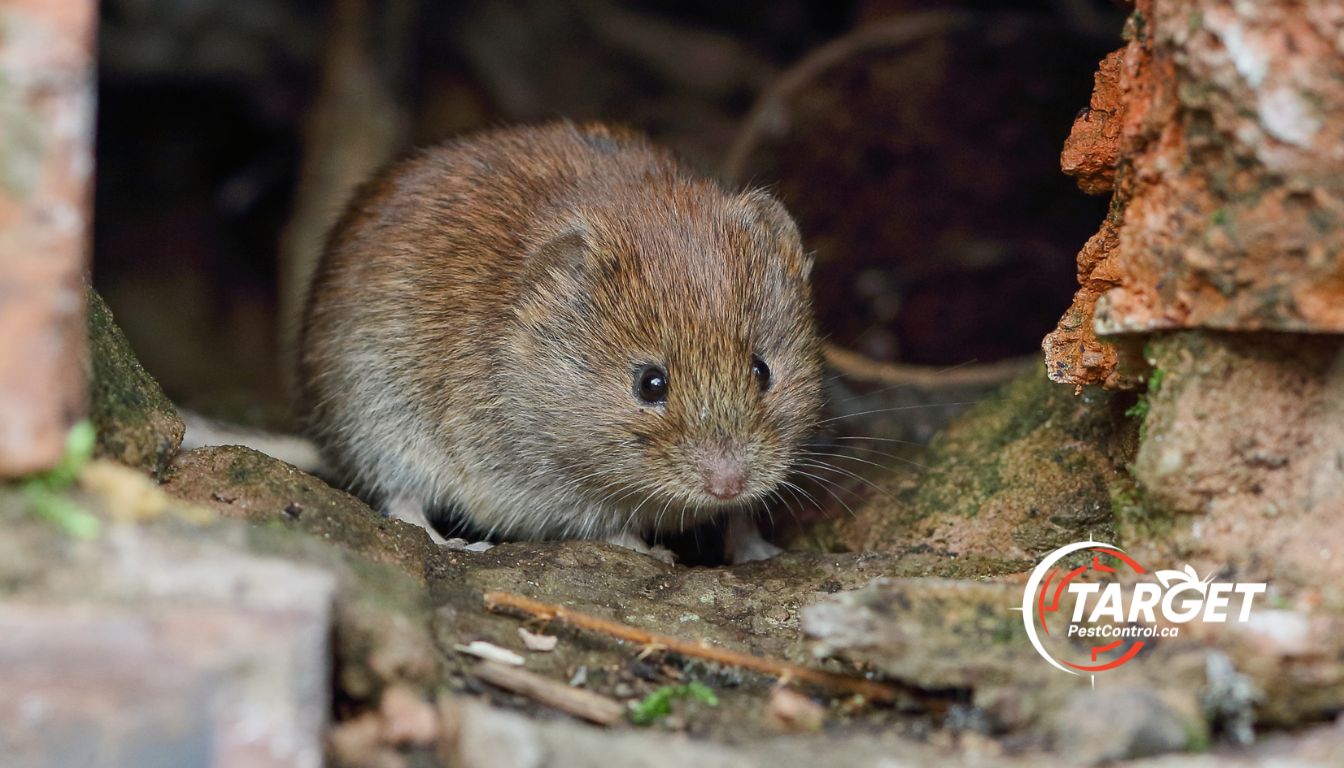
Natural predators play a crucial role in managing vole populations in gardens, offering an environmentally friendly biological control method. Creating a diverse habitat can help attract various natural predators that control vole populations.
Encouraging natural predators like owls, hawks, foxes, and snakes to visit your garden can create a balanced ecosystem that effectively controls vole populations. This method not only helps control voles but also supports the overall health of your garden.
Attracting Natural Predators
Building habitats that support natural predators can help keep vole populations under control. Planting tall trees can provide perches for birds of prey, which help control vole numbers.
Attracting owls, hawks, foxes, and snakes creates a balanced ecosystem that effectively controls vole populations. By supporting these natural predators, you can reduce the need for chemical control methods.
Using Predator Urine
Using predator urine can be an effective way to deter voles from garden areas. Fox and coyote urine can create a scent barrier that deters voles. Voles find areas where predator urine is present abhorrent and will avoid them.
Applying predator urine around your garden can create an olfactory deterrent that discourages voles from entering. This method is easy to implement and can be a part of an integrated pest management strategy.
When to Call a Professional Pest Control Service

Sometimes, despite your best efforts, a vole infestation can become too severe for DIY methods to handle. If there is no improvement in damage or signs of increased infestation, it is time to consider professional help. Professional pest control services, like an exterior rodent program from Target Pest Control provides a comprehensive solution to get rid of voles quickly and effectively.
If you’re experiencing severe vole damage in your lawn, it is advisable to hire a professional company. They can provide turf and ornamental treatments to address the issue effectively. They can determine the best approach to vole control, ensuring that methods are both safe and effective. This often results in faster and more reliable results compared to DIY methods.
Assessing the Severity of Infestation
Assessing the extent of damage in your garden is crucial for determining the severity of a vole infestation. Severe damage caused by voles can indicate a large population that might require expert intervention. If the damage is extensive and signs point to a substantial vole population, it may be time to consider professional pest control services.
Timely intervention helps prevent further damage and maintains a healthy garden ecosystem. Regular monitoring and prompt action can save your garden from the devastating effects of a large vole population.
Professional Vole Control Methods
Professional pest control services use a variety of methods to manage vole populations. These include the use of poisons, traps, and habitat modification techniques. Professional services can provide fast and comprehensive vole removal, which is often more effective than DIY methods.
Professionals are trained to handle
rodenticides safely and effectively, ensuring that your garden is protected without causing additional harm.
Repairing Vole Damage in Your Garden
Once you’ve managed to control the vole population, the next step is repairing the damage they caused. After vole damage, it’s beneficial to rake the lawn to remove dead grass and debris, facilitating new growth. Adding topsoil can help level the ground disrupted by vole burrowing and provide a healthy medium for grass.
Monitoring the area for any signs of continued vole activity is crucial to ensure that the problem does not recur. These steps help restore your garden’s health and appearance.
Fixing Vole Tunnels and Runways
Voles create unsightly tunnels and runways in lawns, damaging grass and plant roots as they burrow. To fix these problem areas, start by flattening the raised tunnels with your foot or a lawn roller to encourage regrowth. Rake out dead grass and fill any deeper holes with soil to prevent tripping hazards.
To prevent further vole damage, consider habitat modifications such as reducing thick mulch, keeping grass trimmed short, and removing excess ground cover where voles hide. Regular lawn maintenance and monitoring will keep vole damage under control and help maintain a healthy yard.
Reseeding and Replanting
Rake up and remove the dead grass left by voles to prepare for reseeding. Replant the affected lawn area with grass seed to restore its health and appearance.
After a vole infestation, it is essential to rejuvenate damaged areas in the garden, especially in the lawn.
Preventing Future Vole Infestations
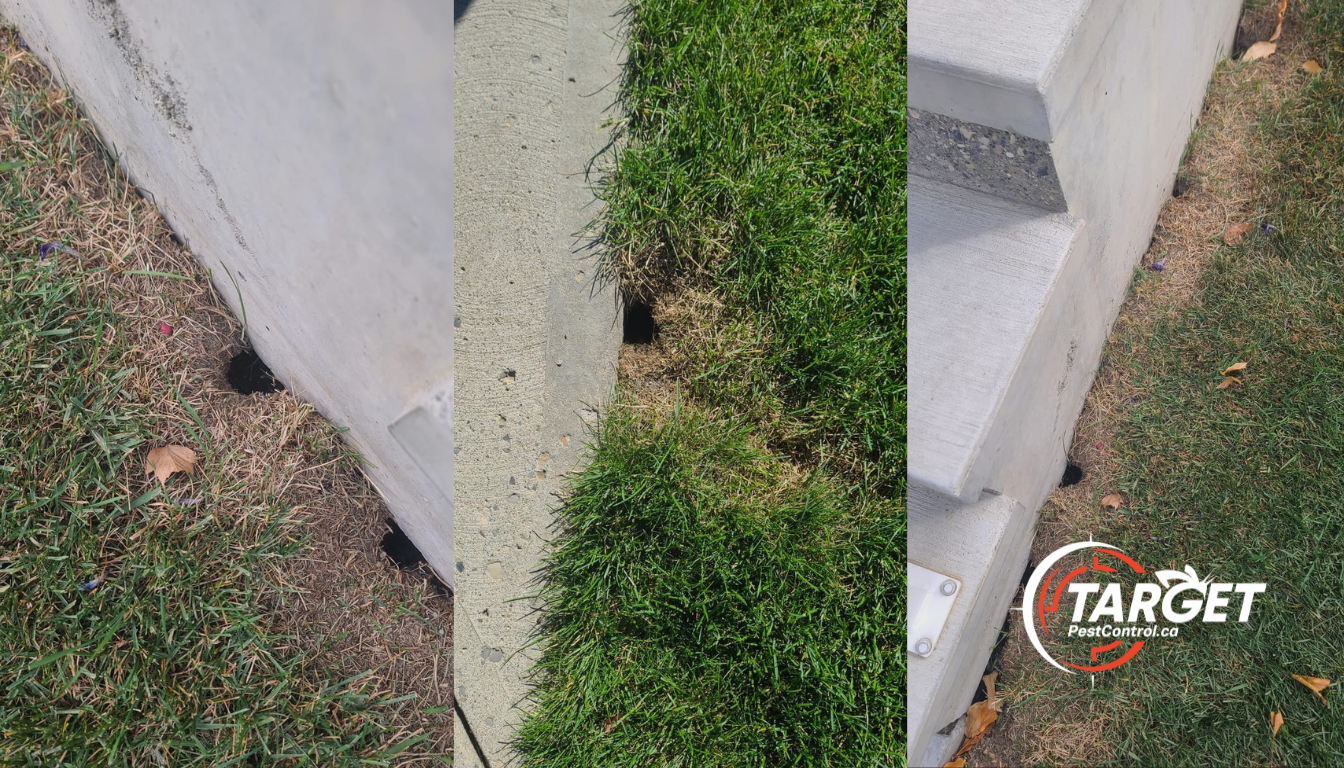
Preventing future vole infestations involves ongoing maintenance and seasonal precautions. Keeping the lawn well-maintained and free from debris can significantly reduce vole populations. Monitor and control vole populations through ongoing trapping to prevent re-infestation.
Increasing plant diversity in gardens can encourage more predators, such as snakes and owls, to visit. By providing perches or nesting boxes, you can attract birds of prey to areas affected by voles. These measures can help maintain a vole-free garden.
Regular Garden Maintenance
Maintaining a tidy garden is essential for discouraging voles from taking up residence. Recommended practices include pruning shrubs, controlling weeds, raking leaves, and mowing lawns regularly. Areas underneath bird feeders should be kept clean to prevent voles from being attracted to food sources.
To maintain a tidy garden and discourage voles from taking up residence, consider the following recommended practices:
- Prune Shrubs
- Control Weeds
- Rake Leaves
- Mow Lawns Regularly
- Keep Ground Beneath Bird Feeders Clean
Seasonal Precautions
Using predator urine can be an effective way to deter voles from garden areas. Fox and coyote urine can create a scent barrier that deters voles. Voles find areas where predator urine is present abhorrent and will avoid them.
Applying predator urine around your garden can create an olfactory deterrent that discourages voles from entering. This method is easy to implement and can be a part of an integrated pest management strategy.
Summary
In summary, managing a vole infestation requires a comprehensive approach that includes identifying signs of vole activity, understanding their behavior, and employing multiple control methods. Trapping, using repellents, modifying habitats, and encouraging natural predators are all effective strategies to control vole populations and protect your garden from damage.
By staying vigilant and proactive, you can keep your garden healthy and vole-free. Implementing preventive measures and regularly monitoring your garden will help ensure that voles do not return. With these tips and strategies, you can enjoy a thriving garden without the worry of vole damage.
Frequently Asked Questions
How can I identify vole activity in my garden or lawn?
To identify vole activity in your garden, check for surface runways, gnaw marks on tree bark, dead grass patches, and small holes resembling Swiss cheese in your lawn. These signs indicate their presence and potential damage to your plants.
What do voles eat, and how does it affect my vegetation?
Voles consume green plants, roots, bulbs, and seeds, which can lead to considerable damage in your garden. Protecting your garden from voles is essential to maintain healthy plants and vegetation.
How can I deter voles from my property?
To effectively deter voles from your garden, implement a combination of traps and repellents, modify their habitat, and encourage natural predators in the area. This integrated approach will help reduce vole activity and protect your plants.
When should I call a pest control professional ?
You should call a professional pest control service for a vole problem if the damage is extensive, persistent, or if DIY methods are not effective. Prompt action can help prevent further issues.
What steps can I take to prevent future vole infestations?
To prevent future vole infestations, focus on regular garden maintenance, managing snow cover, and increasing plant diversity to attract natural predators. These actions create an environment less conducive to voles.
About Author
My name is John, owner of Target Pest Control. We are now located in Calgary, Alberta and have been providing pest control solutions on the east coast since 2008. I have over 18 years experience in the industry and enjoy the everyday problem solving this industry offers.

John Target - Owner & CEO
